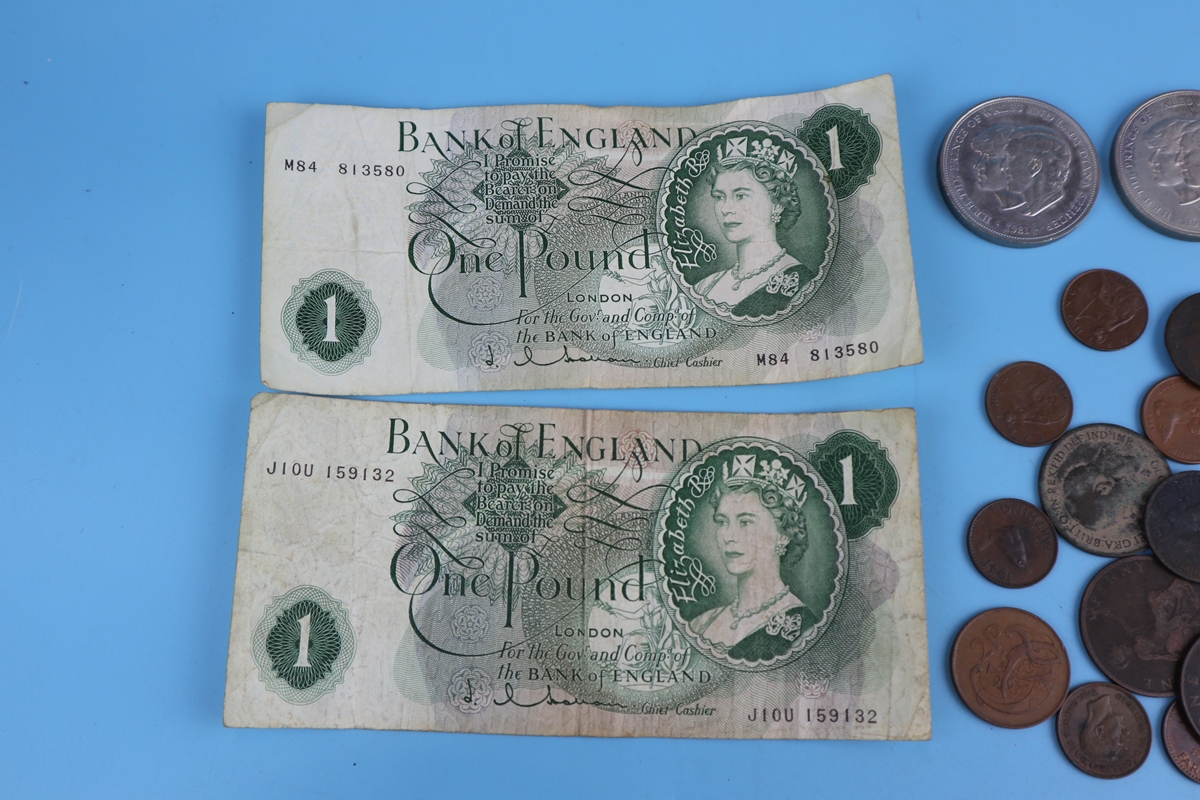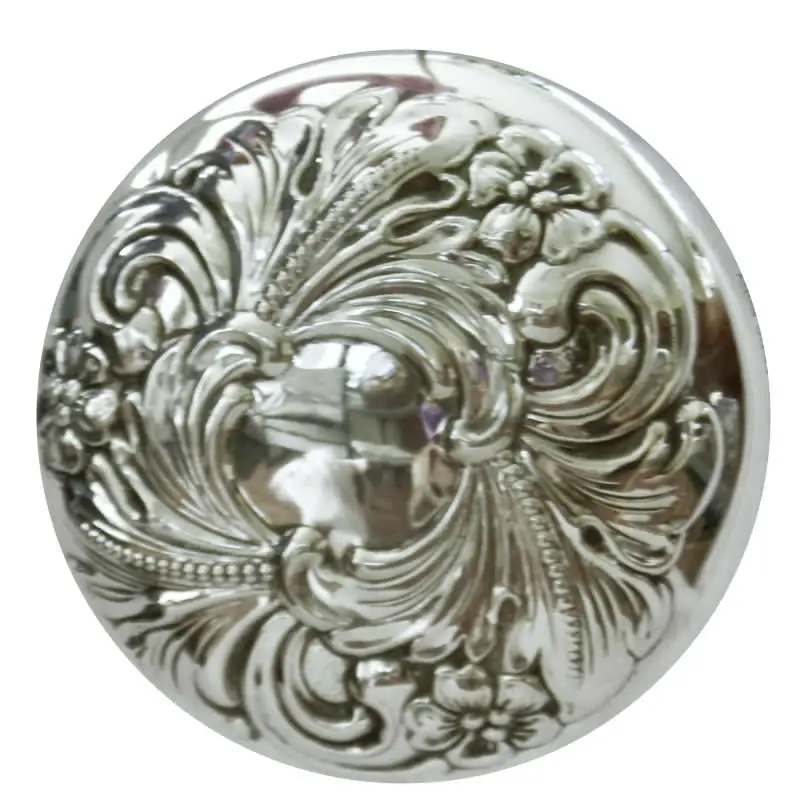

But the gold-silver ratio that was chosen, 1to 15, meant that a satisfactory bimetallic system was exceedingly difficult to maintain. In addition, gold coins would serve as multiples of the dollar, as in "eagles," or ten-dollar pieces half-eagles and quarter-eagles. The actual coins were to be of silver, except for the copper cents and half-dismes.

For accounting purposes they divided the dollar into one hundred "cents" (a new term) and also into half-dollars quarter-dollars "dismes," or dimes (the term, like "cent," shows the French influence) and half-dismes. In true Enlightenment fashion, and perhaps also as a symbol of independence from the European system of pounds, shillings, and pence in England and livres, sous, and deniers in France (signified by the symbols £, s., and d.), the American statesmen Robert Morris, Thomas Jefferson, and Alexander Hamilton decided on a decimal system of relations among the coins-the world's first. By this act the dollar was fixed at about the same weight of silver as the Spanish peso. coinage system was established, at least in outline, by the Coinage Act of 2 April 1792. In keeping accounts, colonists and colonial governments reckoned usually in pounds, shillings, and pence but the most common coins were probably the real (nominally a sixpence, but usually rated at seven or eight pence) and the eight-real piece, or "dollar." Because the sixpence and the real carried the slang name "bit," the two-real piece, or quarter of a dollar, was sometimes called "two bits." The English and their colonists applied the term indiscriminately to thalers, to French silver "dollars" (écus), and to the Spanish "pieces (pesos) of eight," or eight reals. It comes from the English corruption of the German word "thaler," the term for the widely circulated silver coin from the Joachimsthal silver-mining center, which was located in what is now the Czech Republic. One could even say that the English monopoly of coinage in colonial America proved a blessing in disguise, since when independence was won, none of the states possessed a vested interest in a state minting operation. For large transactions the colonists could use bills of credit and other forms of paper currency. Elsewhere the lack of an adequate amount of English specie was compensated by French, Dutch, Portuguese, and above all Spanish coins, all of which were allowed legal-tender privileges by the English authorities. Colonists in less-prosperous areas used wampum, tobacco, beaver skins, and other forms of commodity money. Massachusetts coined "pine tree shillings" from 1652 to 1684, but no other colony managed to strike more than a small number of coins. Unlike the Spaniards, the English denied their American colonies the right to possess local mints. In the colonial period, it is true, the lack of an adequate volume of coins was certainly irritating. Apart from occasional financial crises, the coinage system has generally accomplished well enough what has been demanded of it. coins have done little either to retard or to advance U.S. The denominations, metallic content, and volume of U.S. Studies in the last half of the twentieth century, however, made it apparent that coinage has been a rather passive institution in American affairs. Colonial coin shortages, the uncertain coinage policies of the early nineteenth century, and the bimetallist controversies of the late nineteenth century are standard features of older histories. economic history through its relations to money supply and monetary policy. Until World War II, coinage was thought to have played a great role in U.S. The debate pitted the pro-gold financial establishment of the Northeast, along with railroads, factories and businessmen, who were creditors who would benefit from disinflation, against poor farmers who would benefit from higher prices for their crops.CURRENCY AND COINAGE.

The issue peaked from 1893 to 1896, when the economy was in a severe depression-called the Panic of 1893-characterized by falling prices, high unemployment in industrial areas, and severe distress for farmers.
FREE COINAGE OF SILVER DEFINITION FREE
Everyone agreed that free silver would raise prices the question was whether or not this inflationary measure would be beneficial. Because the actual ratio was about 32 to 1 at the time, most economists warned that the cheaper silver would drive the more expensive gold out of circulation. The Silverites promoted bimetallism, the use of both silver and gold as currency at the ratio of 16 to 1. Its advocates were in favor of an inflationary monetary policy using the "free coinage of silver" as opposed to the less inflationary gold standard its supporters were called "Silverites". Free silver Free silver was a Central United States policy issue in the late 19th century.


 0 kommentar(er)
0 kommentar(er)
